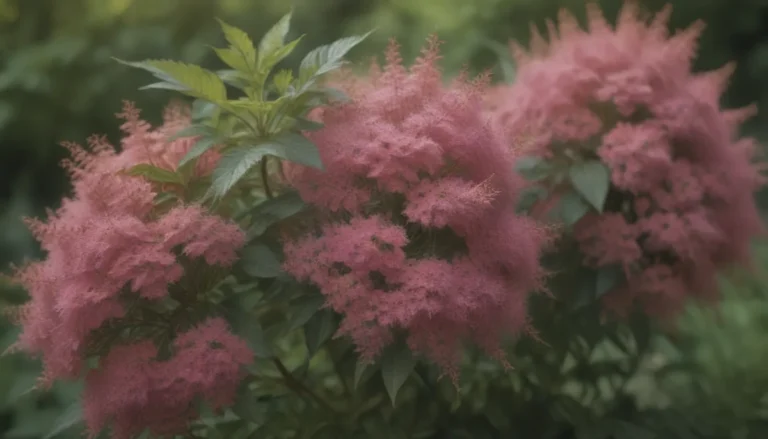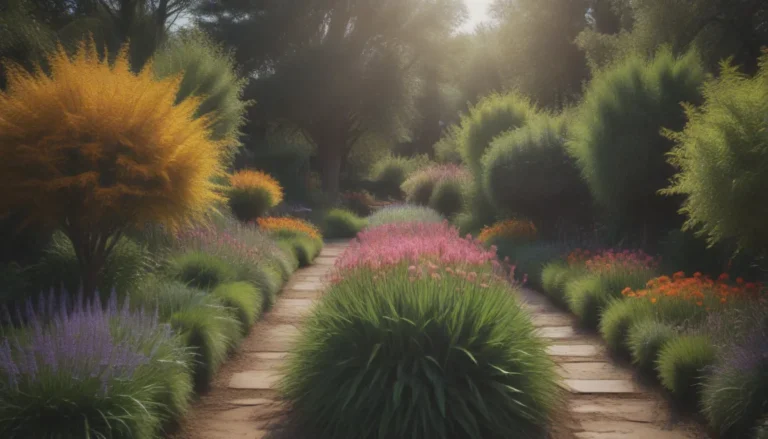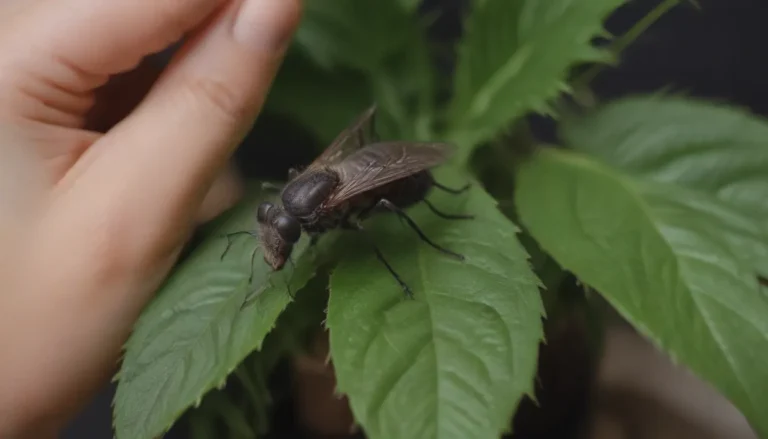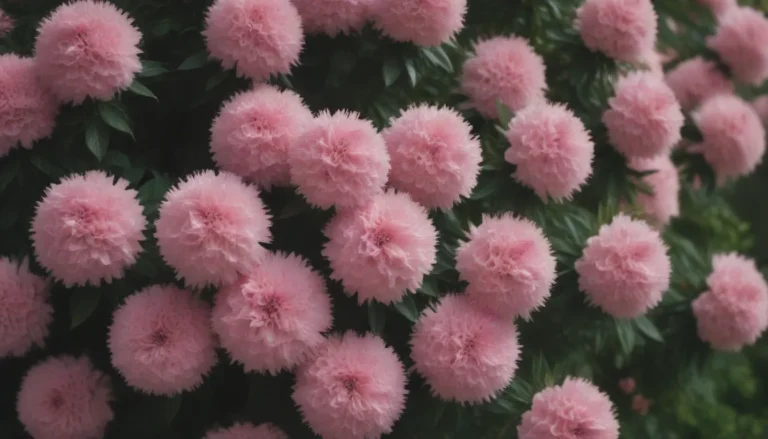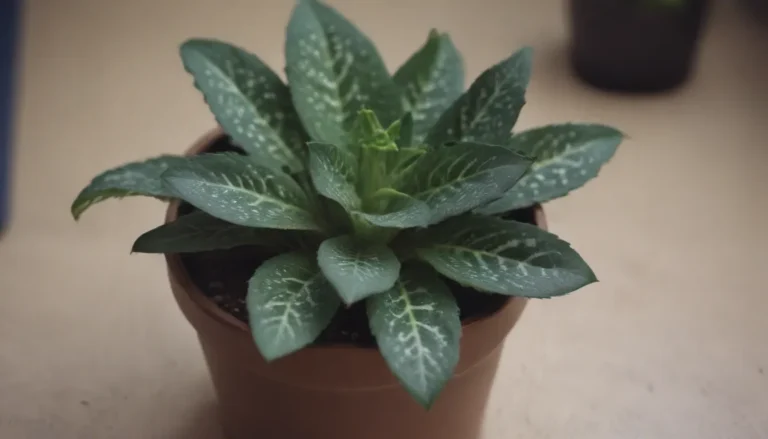The Ultimate Guide to Planting Beautiful Flower Bulbs
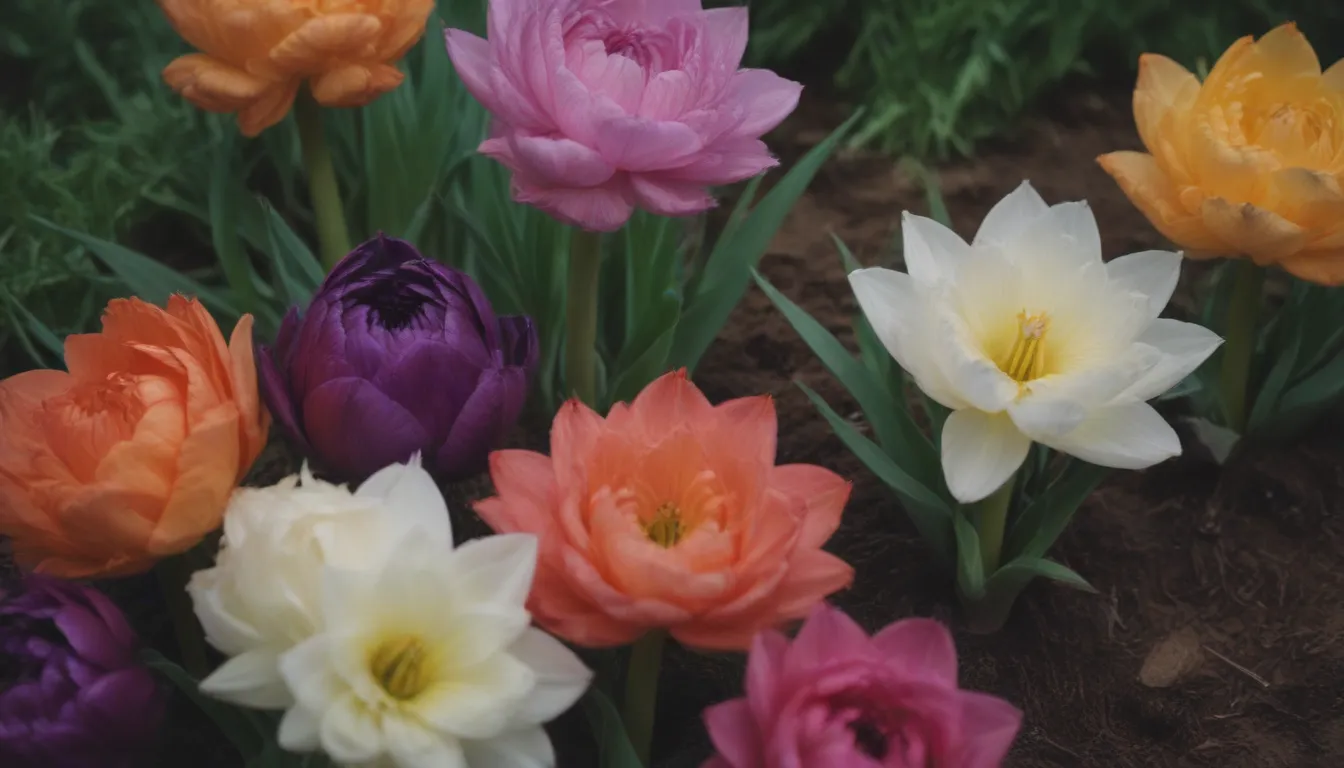
Are you looking to add a pop of color to your garden that will return year after year? Planting bulbs is a fantastic way to achieve stunning blooms without too much effort. In this comprehensive guide, we will walk you through everything you need to know about planting bulbs, from the different types of bulbs to when and how to plant them. Whether you are a seasoned gardener or just starting out, this guide has valuable information to help you create a vibrant and colorful garden that will be the envy of your neighborhood.
Why Plant Bulbs?
Planting bulbs is a rewarding garden project that offers a host of benefits. Bulbs are low-maintenance plants that come back year after year, bringing beauty and color to your yard or flower bed. They also attract pollinators such as bees and butterflies, creating a dynamic and lively garden ecosystem. By planting a variety of bulbs that bloom at different times of the year, you can ensure that your garden is bursting with color throughout the seasons.
Key Tips for Planting Bulbs
Before you start planting, here are some key tips to keep in mind:
- Bulbs come in different types, including true bulbs, corms, tuberous roots, and rhizomes. Each type requires slightly different care, so it’s essential to know what type of bulb you are planting.
- Consider “lasagna planting,” a technique that involves layering different types of bulbs in the same area for a continuous display of flowers throughout the season.
- Always follow the specific planting instructions for each type of bulb to ensure optimal growth and blooming.
All About “Lasagna Planting” Bulbs
Lasagna planting is a creative way to plant bulbs in layers, maximizing space and creating a stunning display of flowers. To try lasagna planting in your garden, follow these steps:
- Choose a variety of bulbs that bloom at different times.
- Dig a trench in the planting area.
- Plant the bulbs in layers, starting with the largest bulbs at the bottom and working your way up.
- Cover the bulbs with soil and water thoroughly.
- Sit back and enjoy a beautiful display of flowers throughout the season.
Types of Bulbs
While many people associate bulbs with spring-blooming varieties like tulips and daffodils, there are also beautiful summer-blooming and fall-blooming bulbs worth planting. Understanding the different types of bulbs is essential for successful planting and care. Here are the main groups of flowering bulbs:
Spring-Blooming Bulbs
Spring-blooming bulbs, also known as hardy bulbs, are cold-tolerant plants that need a chilling period to develop roots and flowers in the spring. Popular spring-blooming bulbs include tulips, daffodils, and crocuses.
Summer-Blooming Bulbs
Summer-blooming bulbs are typically more tender and native to warm climates. They need to be planted in the spring once the danger of frost has passed. Popular summer-blooming bulbs include dahlias, cannas, and gladiolus.
Fall-Blooming Bulbs
Fall-blooming bulbs offer a burst of color in the autumn garden. Some bulbs bloom only in the fall, while others grow foliage in the spring and bloom in the fall. Popular fall-blooming bulbs include colchicum, autumn crocus, and nerine.
When to Plant Bulbs
The timing of planting bulbs varies depending on the type of bulb and your growing zone. Here are some general guidelines for planting bulbs:
Spring-Blooming Bulbs
In colder climates (USDA Zones 2-4), plant spring-blooming bulbs in the fall before the ground freezes. In warmer climates (USDA Zones 5-7), bulbs can be planted in early winter. If you live in a mild climate (USDA Zones 8 and higher), you can plant pre-chilled bulbs as annuals.
Summer-Blooming Bulbs
Plant tender summer-blooming bulbs in the spring once the soil has warmed to at least 60°F. In cooler climates, you may need to replant these bulbs every spring.
Fall-Blooming Bulbs
The planting time for fall-blooming bulbs varies by species. Follow specific instructions for each type of bulb to ensure successful blooming in the fall.
How to Dig Up Bulbs
In colder climates, tender summer-flowering bulbs like dahlias and cannas must be dug up and stored indoors for the winter. Here’s how to dig up and overwinter bulbs:
- Wait until the foliage has died back in the fall before digging up the bulbs.
- Gently dig up the bulbs, taking care not to damage them.
- Remove excess soil and allow the bulbs to dry for a few days.
- Store the bulbs in a cool, dry place until spring.
- Replant the bulbs in the spring once the danger of frost has passed.
Remember, bulbs should never be soaked before planting, as this can lead to rotting. Plant bulbs in well-draining soil and water them thoroughly after planting. If you need to store bulbs before planting, keep them in a cool, dark place until it’s time to plant them.
In Conclusion
Planting bulbs is a fun and rewarding way to bring color and beauty to your garden. By understanding the different types of bulbs, when to plant them, and how to care for them, you can create a stunning display of flowers that will delight you and your neighbors year after year. So roll up your sleeves, grab your trowel, and get ready to plant some bulbs for a beautiful garden that will bloom season after season.
